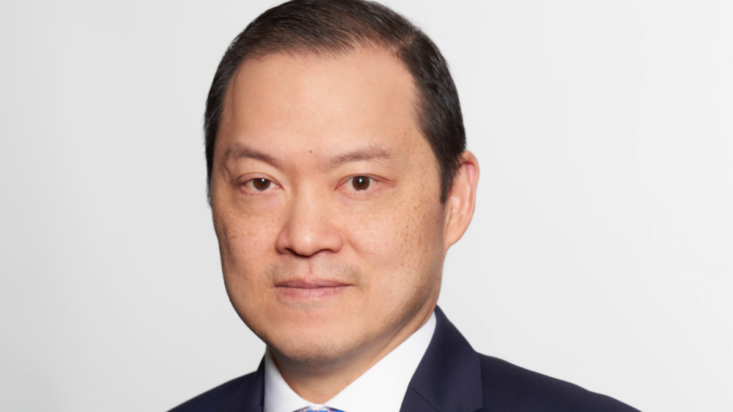Sovereign wealth funds tap external managers for private markets payday
The growth in real assets investing is pushing global sovereign wealth funds (SWFs) away from the trend of internalising investment management, according to the latest Invesco Global Sovereign Asset Management Study. Around a third of the largest funds surveyed said they were looking to make greater use of external managers in private equity and real estate, while just over a quarter were looking to do the same in infrastructure.
Some funds said that they had struggled to manage private market assets outside their domestic market and were backtracking on previous moves to internalise, with 39 per cent of respondents saying that the move was based on better performance, linked to greater ground knowledge. Around 21 per cent of respondents said backtracking on internalisation had actually lowered costs, as external managers allowed them to forego “large and costly internal teams”.
“Many funds are realising they are not good at operating assets and are looking to rely more on players that have a better track record,” said one Middle East based development sovereign in the Invesco study. “When we have made an investment as the majority shareholder, we have been forced to operate the business and that is something that has historically not worked well, so we are moving away from that model and trying to leave all the management to general partners.”
More than half of sovereign investors surveyed have developed strategic partnerships with third-party asset managers, rising to more than nine in ten for investment sovereigns. Around 33 per cent of sovereign funds expect their use of such partnerships to increase over the next five years, rising to 40 per cent for investment sovereigns and 56 per cent for development sovereigns, which have typically held portfolios comprised primarily of direct strategic investments managed internally.
“The confluence of factors driving uncertainty over the beginning of this year was unprecedented for many finance professionals, and it will take some time for risk-on sentiment to rebuild.” – Terry Pan
On the wider investment front the the macro backdrop is creating deep concern, with the report noting that “across all segments the overriding feeling was one of uncertainty and an environment in which decision-making had become much harder”. Inflation was seen as the biggest threat to global growth over the next year, alongside global geopolitics, with two-fifths of respondents expecting inflation in developed markets to remain “stubbornly high” over the next two years.
Research for the study was conducted both before and after Russia’s invasion of Ukraine, with a corresponding change in sentiment from respondents. Prior to the invasion, Europe was regarded as an “attractive destination for capital thanks to favourable valuations, particularly in comparison with the US”. But there was a sharp reverse in sentiment after the invasion, with respondents saying that it had weakened Europe’s growth prospects while making it harder to contain inflation and creating a “potentially toxic recipe for stagflation”.
Respondents said they were instead deploying capital to US and APAC markets, with 33 per cent and 23 per cent expecting to increase their allocations to those markets respectively.
“The confluence of factors driving uncertainty over the beginning of this year was unprecedented for many finance professionals, and it will take some time for risk-on sentiment to rebuild,” said Terry Pan, Invesco CEO for Greater China, Southeast Asia, and Korea (photo at top).
“In Asia Pacific, investors are closely eyeing how COVID restrictions in China will evolve, as the government continues to pursue its ambitious economic growth target. While we expect the market to remain volatile for some time ahead, with inflation less of concern across this region, there is still room for policy stimulus to support the economy.”
Views on China in this year’s study were more mixed, with more than half of sovereign funds believing that China had become a more challenging place to invest over the past 12 months. But its integration into global trade and financial markets dwarfs that of Russia, and the “interdependence” of the Chinese and US economies is seen as potentially mitigating some of the underlying political risk. Some funds see the market correction as a buying opportunity in a country that is accounting for a steadily rising share of global GDP.
“If you look at China, there is a slowdown in the domestic market due to the pandemic, and the slowdown in the real estate sector,” said one investment sovereign based in the West. “However, we are still quite optimistic about the country over the long-term so this looks like a buying opportunity as we see a lot of potential in the region,”
Most respondents (59 per cent) have also repositioned their portfolios in anticipation of further rate rises, a move that has seen continued decline in allocation to fixed income and a corresponding increase to private market alternatives – including real estate, private equity and infrastructure – which 71 per cent of respondents agree are effective inflation hedges. But like most asset managers, sovereign investors have been browsing the rubble of the market correction, with US technology stocks – viewed as extraordinarily expensive last year – on their shopping lists.
“The drop in valuations has been quite sudden and means that more assets start to look attractive,” said one Middle East development sovereign fund in the study. “Specifically, the US players had very rich valuations whenever we would talk about tech. Now we look at comparables and we can see potential entry values. The market is getting more rational and you see multiples that make more sense.”
The Invesco study, now in its tenth year, details the views of 139 chief investment officers, heads of asset classes and senior portfolio strategists at 81 sovereign wealth funds and 58 central banks, who manage a collective US$23 trillion in assets.











